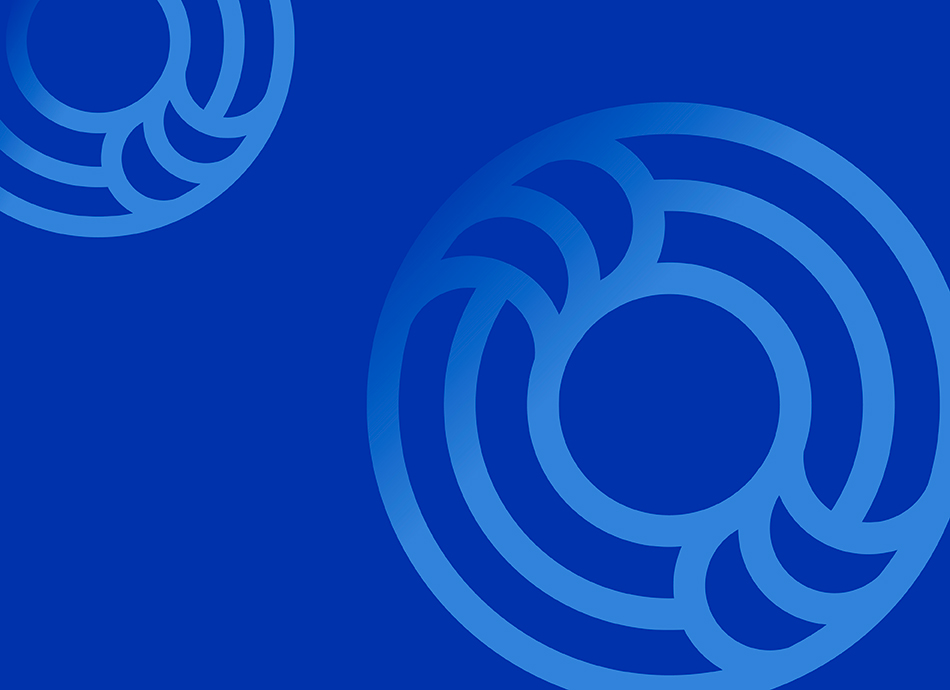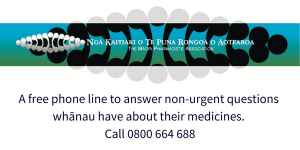Primolut N belongs to a group of medicines called progestogens. Progestogen is very similar to the hormone progesterone that your body makes naturally. Primolut N is used for many conditions including:
- endometriosis: To prevent the lining of your womb and any endometriosis tissue from growing too fast
- heavy or prolonged menstrual periods or irregular, painful periods: To slow the growth of the lining of your womb before menstruation, reducing bleeding during menstruation.
- premenstrual syndrome (PMS): To reduce symptoms of PMS such as mood swings, anxiety, tiredness, bloating, breast tenderness, and headache.
- menopause: In combination with oestrogen as part of menopause hormonal therapy (MHT).
In some circumstances (eg, if you're taking part in a sporting event) it may also be used to delay a period.
Note: Primolut N contains norethisterone. Norethisterone is also available in a lower dose as a contraceptive pill for women, to prevent pregnancy, called Noriday®. It's a progestogen-only oral contraceptive pill or mini pill. Read more about the mini pill.






